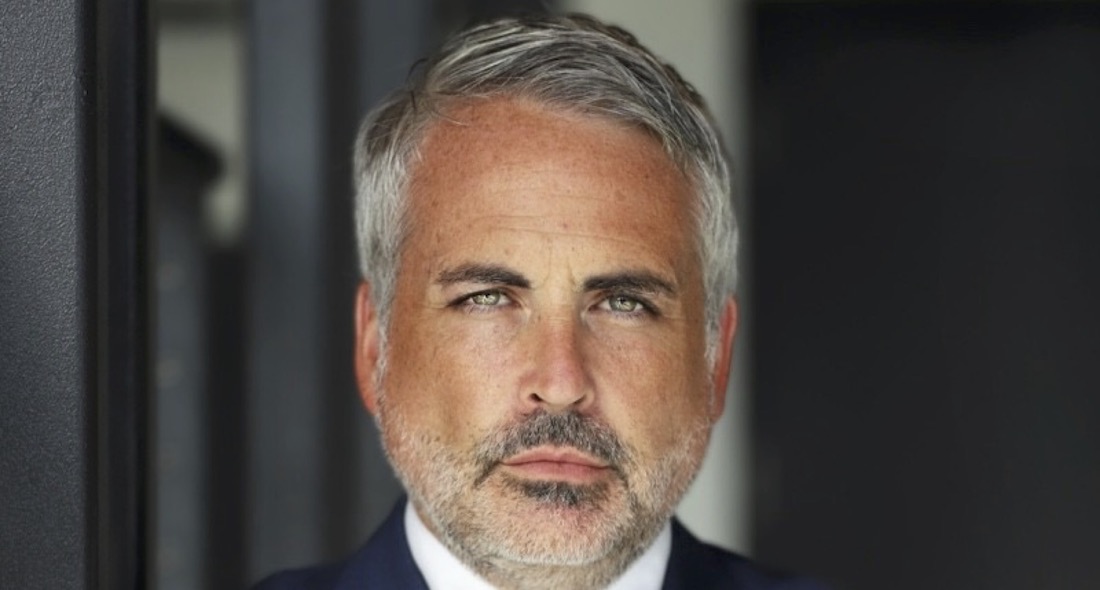From 28 May the trade settlement cycle moves from T+2 to T+1, meaning pretty much all market participants in the US must settle trades within one day or face the wrath of the financial regulator.
The Securities and Exchange Commission (SEC) says the rule is “designed to benefit investors and reduce the credit, market, and liquidity risks in securities transactions faced by market participants”, which given recent trading conditions would appear to make sense.
But there are those on the frontline who – given the timescales in which firms have been allowed to adapt – question the likelihood of a seamless transition.
René Haag, Regional Head Securities Service America at SIX Group, says: “It’s difficult to tell whether this transition [from T+2 to T+1] will be as seamless as the move from T+3 to T+2 in 2017. Ultimately, it leaves virtually no room to resolve any exceptions during the settlement cycle, meaning that firms will need to urgently assess whether they’re truly ready.”
When the SEC announced the move in April 2022, the regulator said the change would come into force in the first half of 2024 giving stakeholders two years to get up to speed. It was not until February this year that the shorter timescales were revealed.
Haag recommends that banks and brokers “at the most basic level” start investing in their technology and operations.
“This will involve embracing automation, like APIs, which will make it easier for market participants to undertake trade confirmations, allocations and affirmations,” Haag says.
For James Pike, Head of Business Development at workflow specialist Taskize, firms need to focus on improving communication between the buy- and sell-sides to ensure a smooth transition to T+1.
“There is often a lack of connectivity between the buy-side, sell-side, and custodians. If there is a problem between the broker and the buy-side organisation, the issue moves from the buy-side down to the custodian and then back up, resulting in a bilateral process.”
He continues: “These processes can take time, sometimes days or even weeks. It’s crucial to create a process that facilitates the flow of information between all three parties almost simultaneously. This currently doesn’t happen, so it will be a significant shift and a considerable change.”
Compliance with T+1 settlement is even more complicated for firms operating in Asia Pacific, according to Lukas Conrad, Regional Head Securities Services in APAC for SIX Group, since they must contend with differing time zones.
“Market participants in APAC face an uphill battle with the US transition to T+1 as the difference in time zone means that operations teams only have a few hours to clarify failed trades. With this, the need to have servicing capabilities in the region is crucial.”
Conrad adds that the future of settlement in the region is yet to be defined, but the siloed regulatory framework across the many developed markets in APAC “will only add to the complexity”.
“Adjusting to T+1 in the US will be enough of a challenge to work with, but the emergence of additional markets seeking to move T+1 will add significant pressure for local market participants,” he says.







